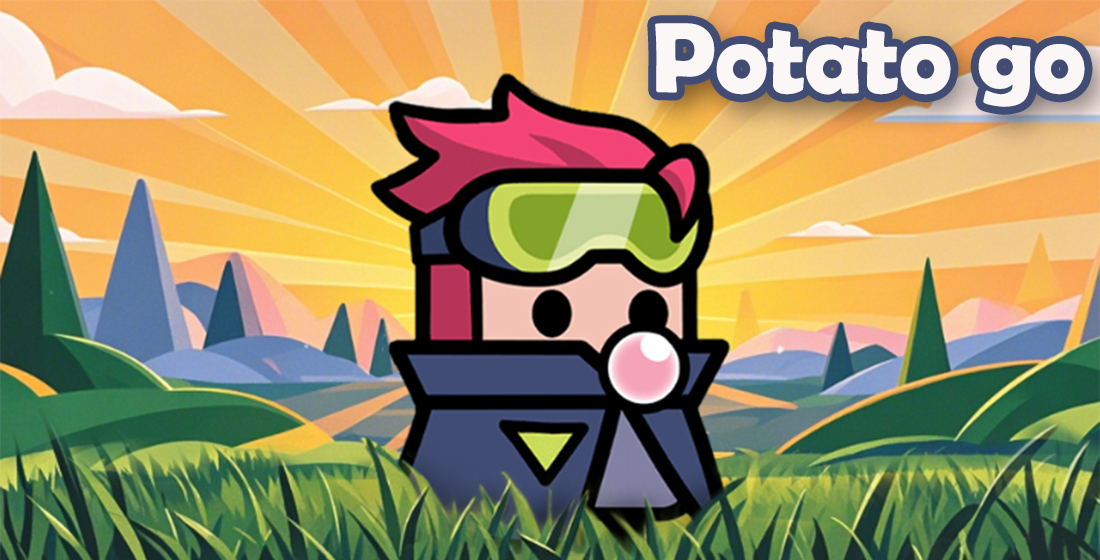Why Casual Games Are Outshining Indie Games in Today's Gaming Landscape
In the ever-evolving world of video games, it’s fascinating to witness the rise of casual games taking center stage while indie games find themselves in the shadows. This article dives into the reasons behind this shift, exploring how casual gaming has captivated a wider audience and why titles like asmr slicing cool math games and even fun alternatives like potato games are becoming fan favorites.
The Simplicity and Accessibility of Casual Games
Casual games appeal to a broad demographic due to their simple mechanics and easy accessibility. Unlike many indie games, which often require a learning curve, casual titles allow players to jump right in. Games like Candy Crush or Flappy Bird can be played anytime, anywhere. The user-friendly nature of casual games means that anyone—with any gaming background—can enjoy them.
Indie Games: A Goldmine of Creativity
There’s no denying that indie games are often a hotbed for creativity and innovation. Developers can take risks that mainstream studios might shy away from. But while these games are sometimes groundbreaking, they don’t always find a large audience. The niche markets they often serve can limit their appeal, making it tough for them to compete with the mass-market casual games.
Monetization Techniques: Free-to-Play vs. Premium Pricing
When it comes to monetization, casual games typically adopt a free-to-play model, enticing players with no upfront cost. In contrast, many indie games rely on a one-time purchase or premium pricing to generate revenue. Below is a comparison of their monetization strategies:
| Game Type | Cost to Player | Monetization Strategy | Example |
|---|---|---|---|
| Casual Games | Free | In-app purchases | Candy Crush |
| Indie Games | One-time purchase | Premium pricing | Hollow Knight |
This table highlights how casual games can reach a larger audience by eliminating initial costs and generating ongoing revenue through in-game purchases.
Social Connectivity and Competitive Elements in Casual Games
Think about it! Casual games often feature social connectivity elements—such as leaderboards, sharing features, and challenges. This fosters a sense of community, inviting players to compete with friends. In contrast, while some indie games do offer multiplayer experiences, they tend to be less focused on social interaction. Casual games create a shared experience that can make the game feel more engaging.
The Role of Marketing and Branding
Marketing plays a huge role in the success of any game. Casual games commonly capitalize on viral trends and social media advertising. The catchy graphics and easily digestible content make these games perfect for platforms like Instagram and TikTok. With the hype machine working in their favor, they can gain traction quickly. On the other hand, even great indie games can go unnoticed if they don’t have the marketing budget to back them up.
The Comfort of Familiarity
Players often gravitate towards what they know. As casual games frequently recycle successful formulas, they provide a sense of comfort. Titles such as asmr slicing cool math games and potato games exemplify this concept beautifully. They offer familiar gameplay elements, making them even more enjoyable for a broader audience willing to invest their time. In contrast, the unpredictability of indie games can be daunting for the average player.
Conclusion: The Future of Gaming
In conclusion, the dominance of casual games over indie games in today's gaming landscape is a phenomenon driven by simplicity, accessibility, monetization, and social engagement. While indie games certainly offer unique experiences worth exploring, the allure of casual games is hard to overlook. It’s an exciting time for gaming, where new trends emerge every day, and players can choose how best to spend their time and money. Whether you’re a hardcore gamer or a casual one, there’s something for everyone in this diverse world.
- Casual games offer accessibility
- Indie games are creatively rich
- Monetization affects player engagement
- Social connectivity boosts casual gaming
- Marketing can make or break a game's success



